We all know cats barf up hairballs and snakes swallow things whole—but that’s just scratching the surface. What if I told you you’ve basically shed enough skin to build a clone of yourself? Or that some animals are out here using their eyeballs to swallow? Yeah. The animal kingdom doesn’t just operate on chaos—it thrives on it.
So if you’ve got a strong stomach and a curiosity for the kind of facts that make you go “ew” and “whoa” at the same time, you’re in for a treat. These aren’t your average fun facts. These are the behind-the-scenes, TMI, nature-is-a-hot-mess kind of facts. Buckle up, because it’s about to get real squishy, slimy, and slightly horrifying in the best way.
1. Humans Shed Enough Skin To Make A New Human Every 3 Years
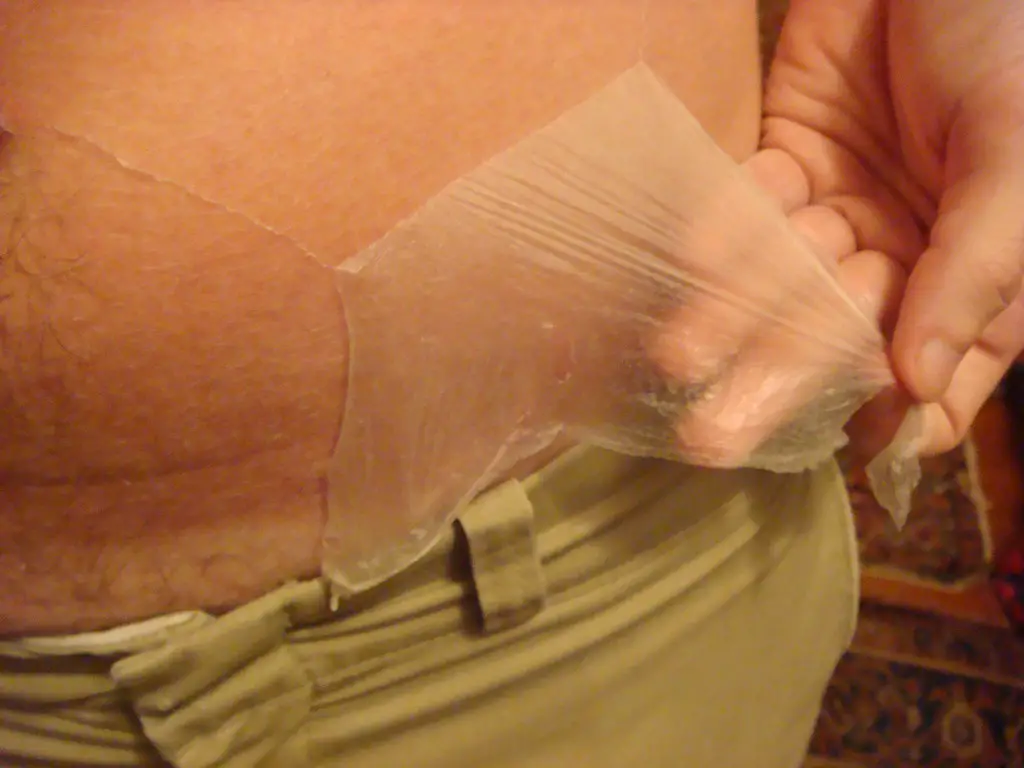
Your body is basically a full-time snow globe of dead skin. Every minute, you lose about 30,000 to 40,000 skin cells. That’s not a typo. That’s every single minute. Over a year, that adds up to nearly 9 pounds of skin, roughly the weight of a small bowling ball. So, in three years? You’ve basically flaked off an entire human’s worth of skin. Congrats on the unintentional cloning.
And where does all that dead skin go? Into the air, your bed, your carpet, and—brace yourself—your lungs. Research by the American Lung Association states that more than half of the dust in your home is actually dead skin. So next time you’re dusting, just remember: you’re cleaning up little bits of yourself. It’s like a never-ending, slightly gross cycle of self-renewal.
2. Koala Moms Feed Their Babies Poop

Koalas are cute, cuddly, and… poop-feeding parents? Yep. Baby koalas, called joeys, have a pretty limited diet. Their digestive systems can’t handle eucalyptus leaves right away, which are toxic to most animals. So, what’s a mom to do? She produces a special kind of feces called “pap,” which is softer and loaded with the microbes needed to digest eucalyptus.
This pap is essentially a probiotic-rich smoothie made of poop. The joey eats it directly from the source—yes, that source. It’s a crucial step in their development, allowing them to build up the necessary gut bacteria to survive on their leafy diet. Nature’s version of a detox cleanse, but, you know, grosser. As Australian Geographic explains, pap is markedly different from regular feces, containing live bacteria essential for the joey’s digestion.
3. Vultures Pee On Their Legs To Stay Cool

When the summer heat hits, you might reach for a cold drink or crank up the AC. Vultures? They opt for a more… unconventional method. These scavengers urinate on their own legs in a process called urohidrosis. It’s not just a quirky habit; it’s a survival tactic. The evaporation of the urine helps to cool their body temperature.
But wait, there’s more. This practice also serves as a disinfectant. Vultures often wade through carcasses teeming with bacteria. Their urine, which is highly acidic, helps kill off harmful pathogens on their legs. It’s like a built-in hand sanitizer, but for their feet—and way more disgusting. Experts from the Hawk Conservancy Trust discovered that this behavior is a crucial adaptation for both thermoregulation and hygiene.
4. Sloths Grow Algae In Their Fur
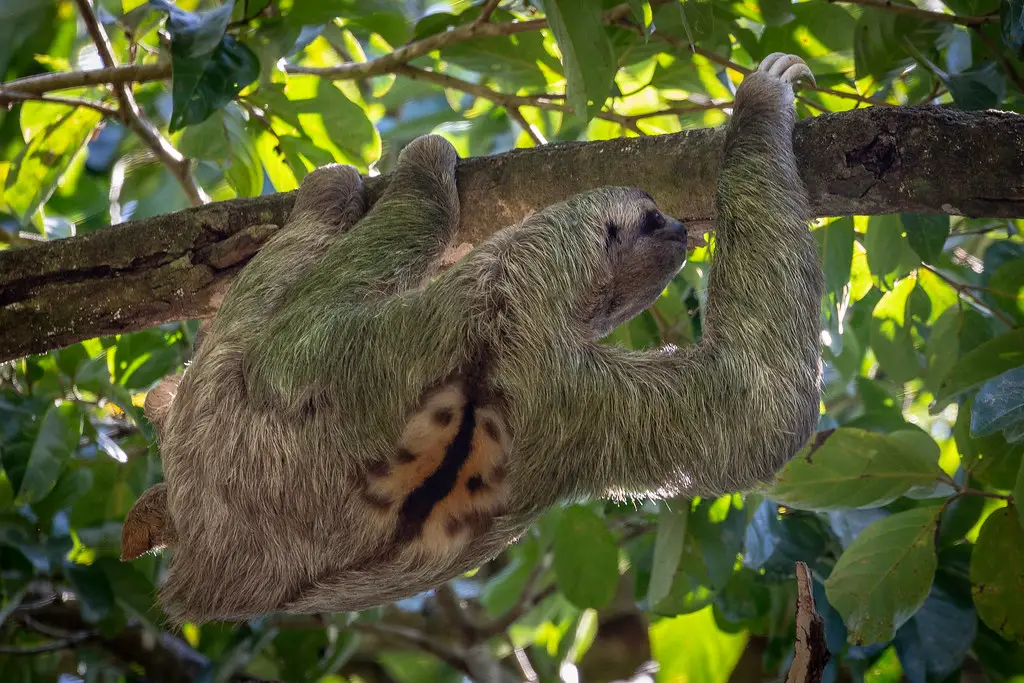
Sloths are the ultimate chill animals, moving so slowly that their fur becomes a breeding ground for algae. This green tint isn’t just a fashion statement; it’s a form of camouflage. The algae help sloths blend into the trees, making them less visible to predators.
But the relationship is mutual. The algae get a cozy, nutrient-rich environment to thrive in, while the sloth gains an extra layer of protection. Some studies even suggest that sloths might absorb nutrients from the algae through their skin. It’s like wearing a living, green hoodie that feeds you. Talk about eco-friendly fashion. Studies by the National Institute of Health highlight this mutualistic relationship, noting how the algae provide camouflage and potential nutritional benefits.
5. Hagfish Can Slime An Entire Bucket Of Water in Seconds
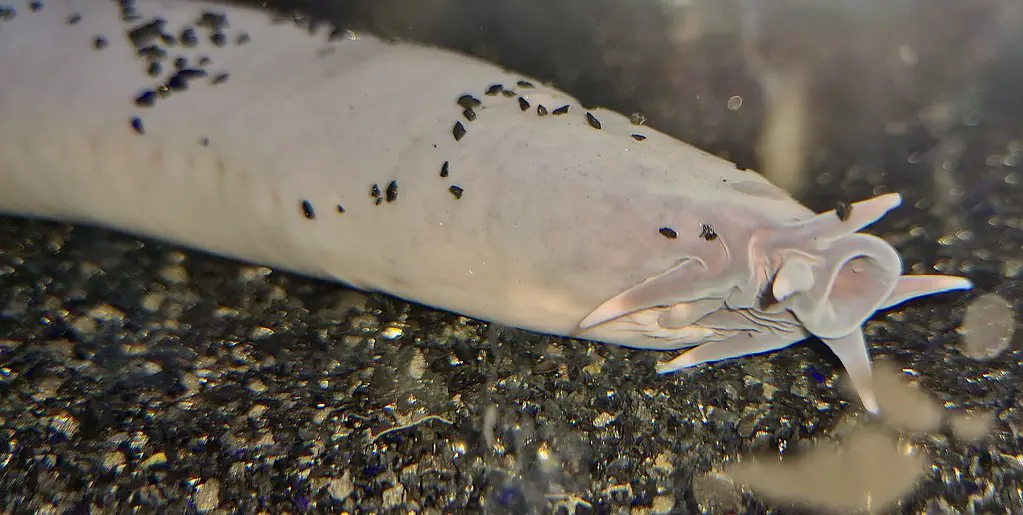
Imagine a creature that, when threatened, can turn a bucket of water into a gooey mess in mere seconds. Enter the hagfish. This eel-like marine animal produces a slime so thick and voluminous that it can clog the gills of predators, effectively suffocating them.
The slime is made up of mucins and protein threads, which expand rapidly upon contact with water. A single hagfish can release enough slime to fill a 5-gallon bucket. It’s a defense mechanism that’s both effective and utterly revolting. Nature’s way of saying, “Back off, or get slimed.”
6. Frogs Use Their Eyes To Swallow

Ever wondered why frogs blink dramatically while eating? It’s not just for flair—they’re literally using their eyeballs to push food down their throats. Frogs have this wild trick where their eyes sink into their skull to help shove food deeper into their digestive system. So technically, they swallow with their faces.
When a frog gulps down a bug, its eyes press into the roof of its mouth to force the meal into its gullet. Imagine using your eyeballs as plungers—now you understand. It’s weird, it’s unsettling, and it’s totally effective. The muscles around the eyes are connected to the top of the mouth, creating a creepy little food-delivery system. And yes, the whole process makes their heads look like deflating balloons for a second. It’s equal parts fascinating and full-blown nightmare fuel. Thank goodness we just chew.
7. Sea Cucumbers Puke Their Guts As A Defense Mechanism
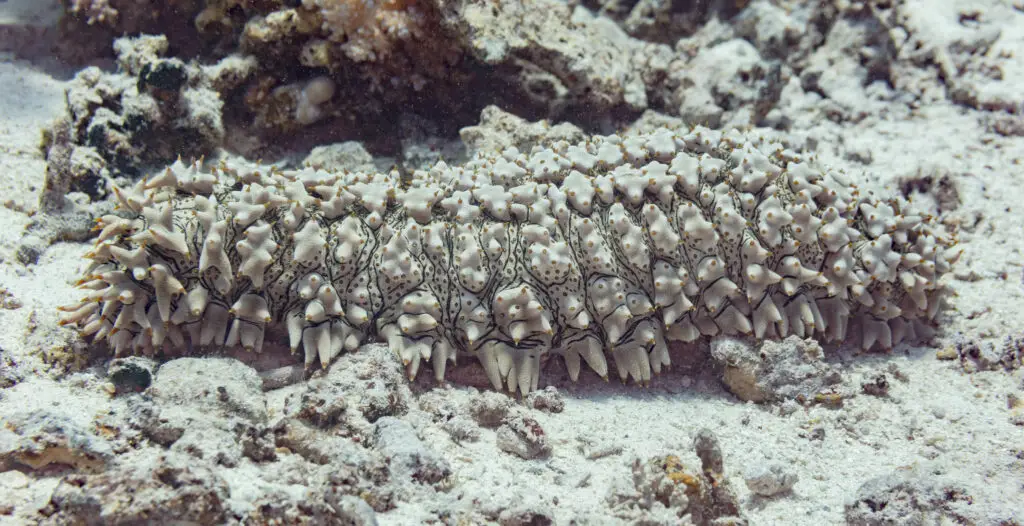
If sea cucumbers had a motto, it’d be: “When in doubt, eject intestines.” These squishy ocean blobs will literally vomit out their guts to confuse predators. And it’s not just a metaphor—they expel internal organs through their rear end like a biological smoke bomb.
While their attacker is like, “Umm, ew,” the sea cucumber slowly waddles away to safety. Meanwhile, its organs regenerate over time like nothing ever happened. This makes them the drama queens of the ocean, constantly sacrificing organs just to avoid confrontation. It’s like nature’s grossest mic drop. The whole process is called evisceration, and it works surprisingly well. Just picture throwing your pancreas at someone to escape a bad date. Unsettling, but effective.
8. Male Giraffes Drink Female Pee To Test Fertility

Romance in the giraffe world is… a choice. When a male giraffe wants to know if a lady giraffe is ready to mate, he doesn’t whisper sweet nothings—he tastes her urine. Yep. Courtship begins with a full-on pee sip. He’ll nudge her into urinating, then take a sample straight from the source, like a connoisseur sampling fine wine.
This process is called the Flehmen response, where he curls his upper lip and processes the scent and hormones. If the chemical vibe is right, then the love dance begins. If not, he just awkwardly walks away, which feels incredibly relatable. It’s romantic if you’re into biochemical analysis via pee. Giraffes: tall, majestic, and deeply unhygienic. Imagine if dating apps worked like that—“Swipe right if you like the taste.” Pass.
9. Pigeons Produce “Milk” From Their Throats
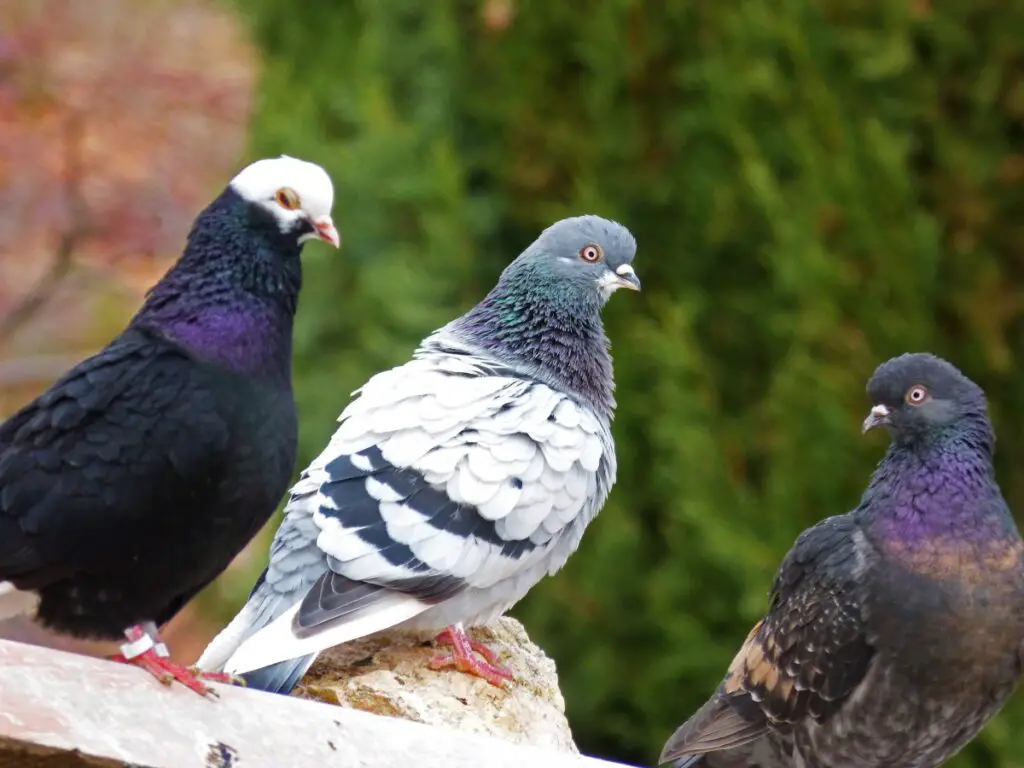
Move over, mammals—pigeons are here with their own weird version of baby food. Instead of nursing, both male and female pigeons produce a substance called “crop milk” to feed their chicks. And no, it’s not milk-milk. It’s a chunky, regurgitated secretion made from the lining of their crop (a storage pouch in their throats).
This lumpy goop is packed with fat and protein, making it perfect for baby birds. But let’s not pretend it’s appetizing—crop milk looks like something that would make even a baby gag. What’s wild is that only a few birds in the world do this, including flamingos and emperor penguins. And they do it with total confidence, as if spitting up on your kid is peak parenting. The chicks lap it up like it’s a gourmet puree. Parenting: gross and beautiful in every species.
10. Parrotfish Poop Out Sand
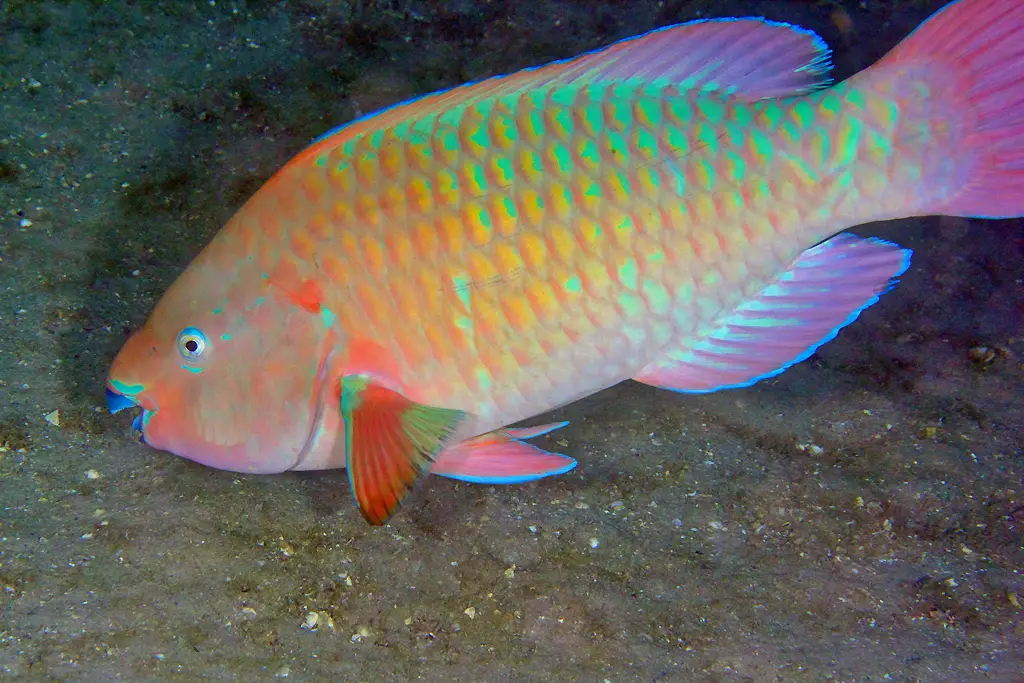
Next time you’re walking barefoot on a tropical beach, just know—you might be stepping on parrotfish poop. These colorful reef dwellers spend their days chomping on coral, digesting the algae, and excreting the leftover calcium as fine, white sand. Yep, beach vibes brought to you by fish butts.
One parrotfish can produce hundreds of pounds of sand per year. It’s nature’s weirdest version of recycling. Their strong beak-like mouths grind up coral like it’s a morning granola bar. The result? Pristine beaches made of poop. It’s a little unsettling, but also kind of amazing. So go ahead, sink your toes in—but maybe don’t think too hard about it.
11. Starfish Can Puke Out Their Stomachs To Eat
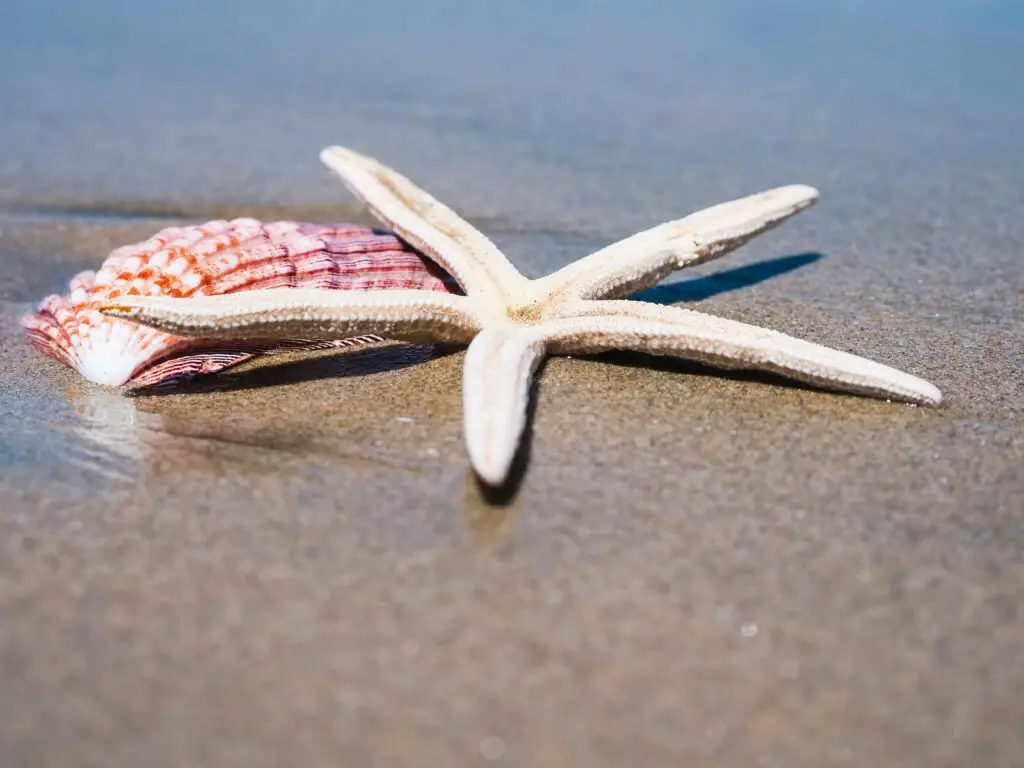
Starfish have a dining experience so disturbing, it makes deep dish pizza look tame. When they want to eat, they literally push their stomachs out of their bodies and into their prey. That means if a starfish finds a tasty mollusk, it pries open the shell just enough to insert its stomach like a nightmare jack-in-the-box.
Once the stomach is inside, digestion starts externally. They basically turn their prey into soup, then slurp it back in. Efficient? Absolutely. Horrifying? Also yes. It’s like blending your dinner on the outside before sucking it back into your torso. The next time you see a peaceful starfish at the aquarium, just remember: that thing eats with its guts out. Literally.
12. Wombats Poop Cubes
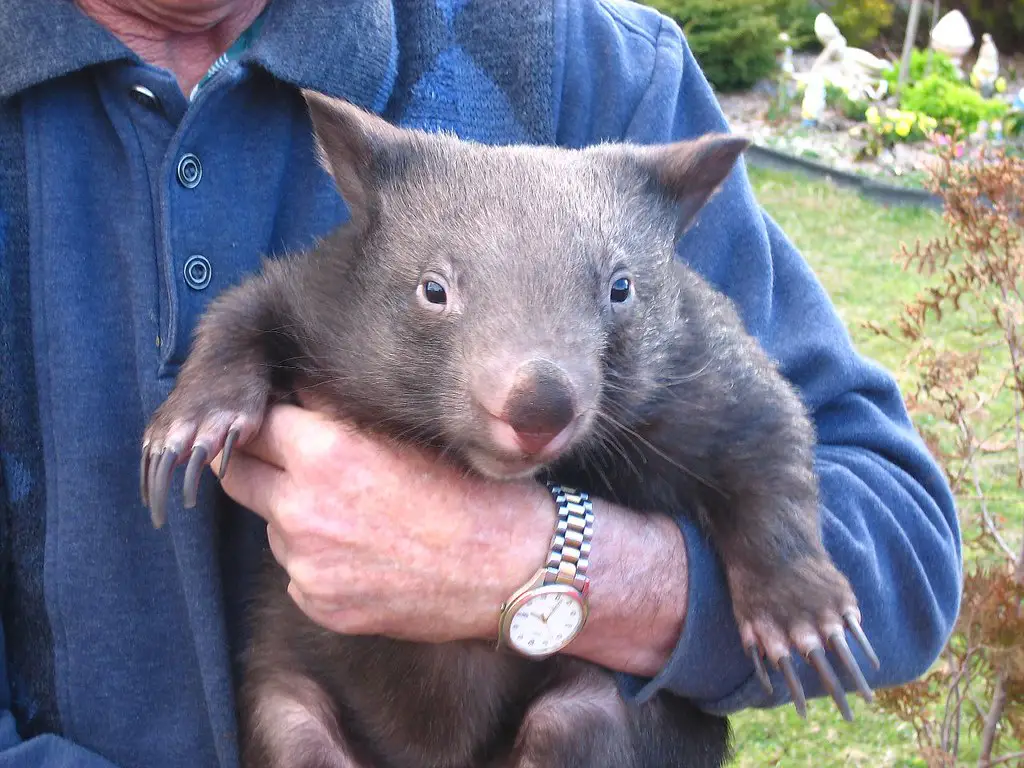
Australia continues its tradition of weird animal facts with this absolute gem: wombats poop in cubes. Perfect little bricks, one after another. And they do it up to 100 times a night. Why? So the poop doesn’t roll away.
Wombats are very territorial, and they use their cube-shaped droppings to mark their turf. The square shape gives it staying power, especially on rocky surfaces. Scientists think it has to do with the elasticity of their intestines and how they contract during digestion. Whatever the reason, the result is hilariously geometric. It’s the only known animal to manufacture squares from its butt, which is honestly iconic. Nature really said, “Let’s try cubism, but grosser.”
